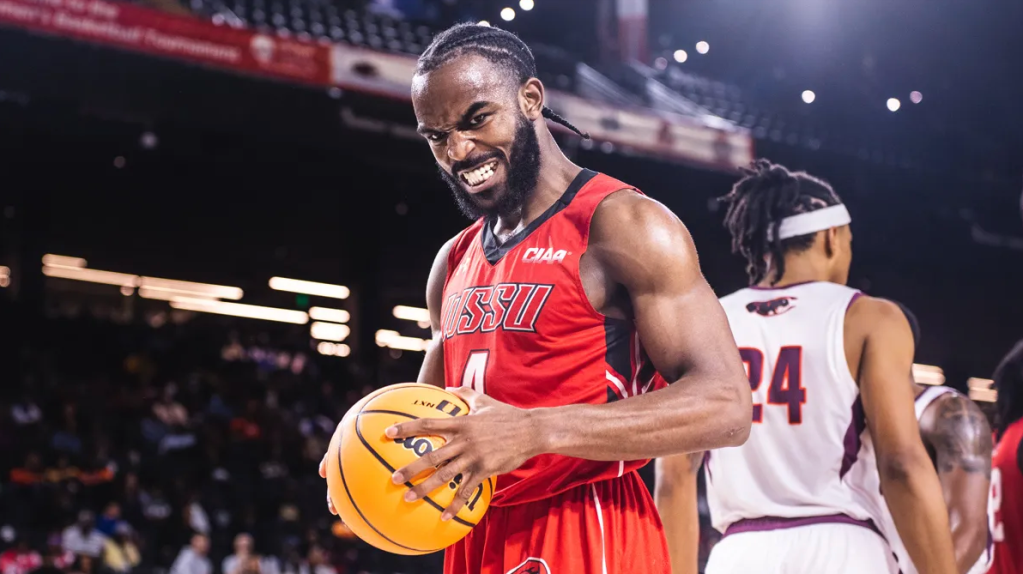
Source: Bernard Smalls (@PhotosByBeanz) / iOne Digital
When March came around, and COVID started locking down the country, convention owners waited with bated breath as it quickly became not a question of if but when their states would be shut down, and they would have to cancel their conventions. March is typically the beginning of convention season, affectionately dubbed con season, by geeks, that denotes the time when there is a build-up of the conventions from monthly to almost weekly events countrywide. With these coming to a grinding halt, companies that use these events to promote their upcoming projects were left with little options to reach their fans, and thus the idea of taking cons virtual took form.
Now the idea of virtual conventions isn’t new. People have been utilizing the idea of virtual conferences for a long time as a cost-effective way to bring people together from various locations. But, while the geek space is pretty forward-thinking, virtual cons wouldn’t have the same impact as the traditional brick and mortar approach since the community aspect is a big part of the con experience. At conventions, vendors make money from foot traffic, companies allow people to test out products, fans can interact with celebs, attendees get to see special screenings, sneak peeks of upcoming releases as well as access to convention-only items and offers. With the onsite interactions being removed, could cons recreate the same feeling and interest in their attendees? What do con-goers really want from their cons? Some of the most well-known conventions and brands have decided to roll the dice and see.
San Diego Comic-Con, one of the largest cons in the world, was probably the largest casualty in the con scene when they pulled the plug on their July event amidst COVID concerns. The event brings in over $100 million in economic activity to San Diego, as over 130,000 people attend the event yearly. The creators decided to make the event virtual, calling it Comic-Con @ Home with partners Amazon Virtual-Con, DC Comics, FX, IGN, and others. This ambitious venture ran from July 22 to 26 and was held on several platforms, including Discord, Facebook Live, Youtube, and Twitch. It aimed to bring the majority of the con experience to attendees by hosting an online exhibit hall packed with virtual vendor booths that attendees could get free items or purchase exclusive items from brands. It also had an artists’ alley where artists could show off their wares and have attendees purchase. Other unique items included a virtual museum, a virtual costume competition, as well as an art show on Tumblr. The panels, which are some of the most anticipated attractions at the cons, were given a severe one-two punch facing a lackluster year where the big draws like Star Wars, and Marvel as well as a host of other projects, were either already on hiatus or put on because of COVID. But whether it was successful would be up to your judgment.
But as with most numbers, they can be twisted to pretty much mean anything.
The Monday following Comic-Con@Home, the media labeled it a bust. But as with most numbers, they can be twisted to pretty much mean anything. According to data from social media analytics firm ListenFirst, tweets that mentioned Comic-Con@Home were down 95% from 2019’s live convention. Tweets about the top 10 TV events were down 93%, and tweets about the top 5 movie panels were down 99%. The average views on Youtube were about 15,000 per panel. Now, to social media, that might seem alarming, but anyone who has attended a con can tell you 15,000 people aren’t fitting anywhere in an exhibit room. So yes, social engagement might have been down dramatically, but the virtual nature of the cons gave more people the ability to see the panels. I rarely attend panels, especially the larger draws because of the line standing and lottery and all the other shenanigans associated with getting into a coveted panel. And fiscally, they lost a lot of money. But for the genre and the attendees, it gave many more the opportunity to see parts of the con they probably wouldn’t have had access to. And in the long run, that is what the sponsors want.
DC Comics, one of the major exhibitors in the convention scene, decided to chart their own course and create their own virtual experience apart from the other cons. They did keep a presence at other cons like SDCC’s Comic-Con@Home but opted to keep their major announcements to themselves. Well, except for the announcement of the Dan Snyder thing that was announced at a FanCon. Their event, dubbed DC FanDome, went full-tilt into the virtual space and wanted to immerse attendees in this virtual con. They created different areas called verses that were geared to specific entry points into the DC experience. If you wanted major programming and panels you would go to the Hall of Heroes. If you wanted to see content and screeners, you went to Watchverse. If you wanted to see what fans were creating, you went to Fanverse. And DC, who has a pretty impressive list of properties in existence and in creation, pulled out all the stops.
The August 22 event was highlighted by huge announcements that included a new trailer for Wonder Woman 1984 that revealed Cheetah, the new Batman game Gotham Knights, and panels on Suicide Squad and more. To further entice attendees, DC tapped into content creators and well-known names in the geek community to create watch parties to drive traffic to their events and also foster that sense of community with people instead of just watching alone, could get the panel experience by watching with a group. The event was pretty well received except for the slight snag with their Blerd and Boujee party. The Blerd and Boujee party has been an event at SDCC recently and was created as part of the brand’s outreach to the Black nerd community. This year a questionable initial flyer sent the Black geek twitter in an uproar, but a change was made, and a mea culpa was issued. The second part of the event takes place on September 12 with more panels and information for DC fans.
With COVID lingering for longer than anyone initially anticipated, a number of brick and mortar cons went viral. Big brands like Adult Swim, Crunchyroll, Funimation, and Rooster Teeth, who usually have a large presence at conventions, decided to take the opportunity to talk to their fans directly and created their own virtual events too. And big brands like New York Comic Con has already announced it will be creating some sort of virtual version. But as we saw with the DNC and RNC digital events, going virtual isn’t as turnkey as it appears. Larger cons who had backing and funding were able to pivot to digital representations– and many sponsors were still involved in various ways.
The con experience is such a community-based experience that it’s impossible to fully replicate digitally.
The same could not be said for the smaller cons who are often just created by passionate fans, funded by extra hours at work, second jobs, saving or rolling over the money from the last one to create the next. Many of them not even able to start thinking about digital plans because, for many, they were in a holding pattern to see if their respective state decided to close down. If they did, they could get out of their hotel and convention agreements sometimes. If not, they were looking to take a loss on an event that never happened. And with this still stretching on, who knows when cons will come back. Will fans be ready to be packed into panel rooms and exhibit floors with hundreds and, in some cases, thousands of people? The con experience is such a community-based experience that it is impossible to fully replicate digitally. You can only suspend disbelief for so long before the veil is taken from their eyes. So what do smaller cons do? And while geeks are used or at least should be acclimated to existing in a virtual world, we are aware that cons don’t feel the same. And if Geek culture is going to continue to thrive, we will need a breakthrough, or a revamp of the way we engage.
















